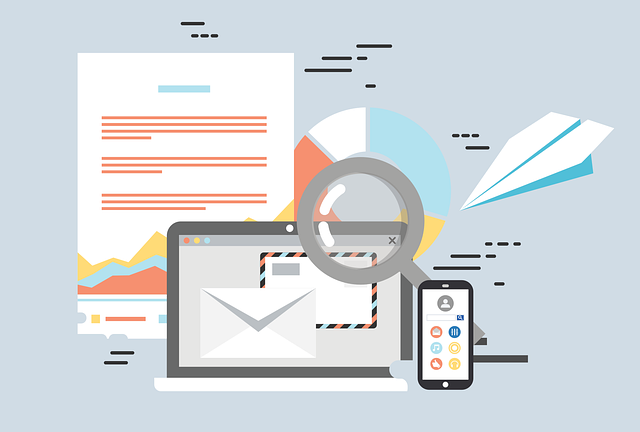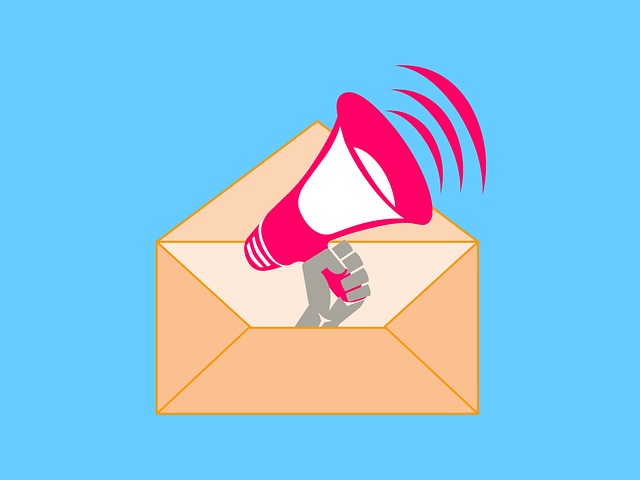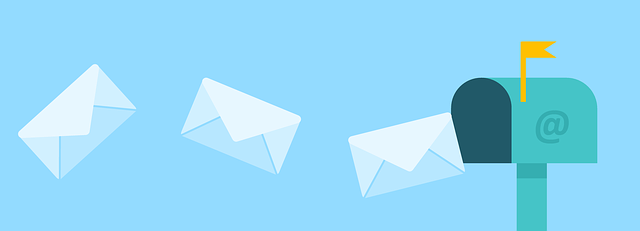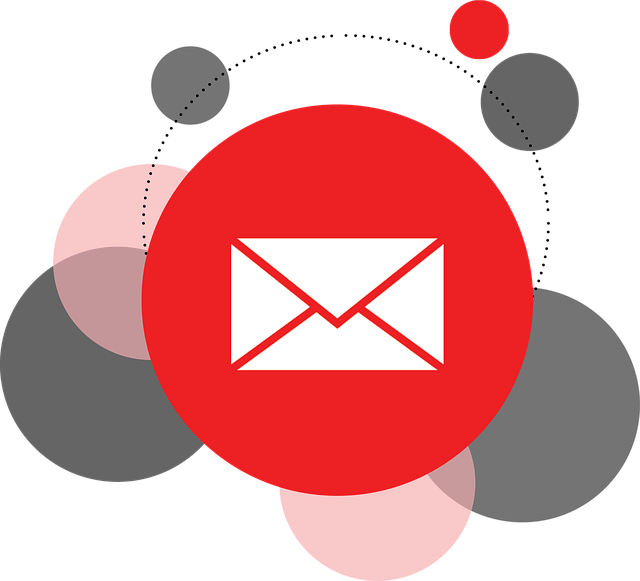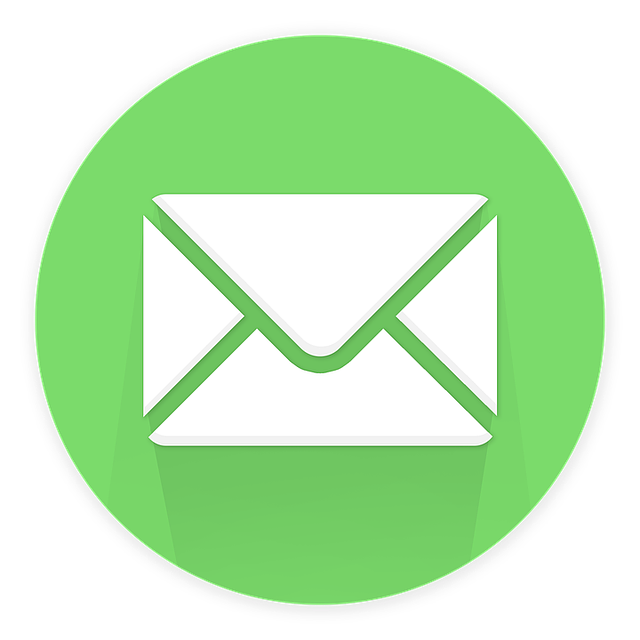Are you tired of sending generic, one-size-fits-all emails to your customers? Well, get ready to revolutionize your email marketing game with the power of marketing software.
Imagine having the ability to create personalized email campaigns that speak directly to your customers’ needs and desires, like a magical crystal ball predicting their every wish. With the right marketing software, you can do just that and more.
In this article, we will show you how to create personalized email campaigns that will leave your audience in awe. We’ll guide you through the process of understanding your target audience, choosing the perfect marketing software, and creating engaging email content that will make them fall head over heels for your brand.
We’ll also teach you how to implement automation and workflows to streamline your campaigns, as well as how to test and measure their effectiveness.
So, get ready to captivate your audience like never before. It’s time to unleash the power of marketing software and take your email campaigns to new heights. Get ready to be the email marketing superhero you were born to be.
Key Takeaways
- Personalized email campaigns can revolutionize email marketing and resonate with the audience, driving better results.
- Marketing software that helps create personalized email campaigns and offers automation features such as drip campaigns and triggered emails should be chosen carefully.
- Understanding the target audience is crucial for effective email campaigns and can be achieved through market research to gather insights about preferences and pain points.
- A/B testing can significantly improve the effectiveness of email campaigns, focusing on elements such as subject lines, email designs, and call-to-action buttons.
Understand Your Target Audience
You need to truly understand your target audience so that you can create email campaigns that resonate with them and make them feel valued and understood.
Identifying demographics and conducting market research are crucial steps in this process. By understanding who your audience is, you can tailor your content to their specific needs and interests.
Conducting market research allows you to gather valuable insights about their preferences, behaviors, and pain points. This information can then be used to create personalized email campaigns that address their individual needs and provide solutions to their problems.
By taking the time to understand your target audience, you can ensure that your email campaigns are effective and engaging.
Now that you have a deep understanding of your audience, it’s time to choose the right marketing software to help you execute your personalized email campaigns seamlessly.
Choose the Right Marketing Software
When selecting the ideal tool, it’s crucial to opt for the best marketing software that perfectly aligns with your requirements and objectives. There are several options available in the market, each with its own unique set of features. To help you make an informed decision, here is a comparison table highlighting the key features of three popular marketing software options:
| Marketing Software | Key Features |
|---|---|
| Software A | – Advanced analytics |
- Personalization tools
- A/B testing capabilities |
| Software B | – Email automation - CRM integration
- Segmentation options |
| Software C | – Social media marketing - Landing page builder
- Lead generation tools |
By analyzing the features of each software, you can determine which one best suits your needs. Once you have chosen the right marketing software, you can move on to the next step of creating engaging email content.
Create Engaging Email Content
Imagine the thrill of opening your inbox to find an email that captivates your attention, leaving you eagerly anticipating what lies within. With the right personalization techniques and email segmentation, you can create engaging email content that resonates with your audience.
Here’s how you can do it:
- Tailor the subject line to address the recipient by name, sparking their curiosity.
- Begin the email with a personalized greeting that acknowledges their interests or previous interactions.
- Use compelling visuals and concise, persuasive copy to convey your message effectively.
- Include a call-to-action that aligns with the recipient’s needs or preferences.
- End the email with a personalized sign-off that adds a human touch.
By implementing these strategies, you can create email campaigns that truly connect with your audience.
Now, let’s dive into how you can implement automation and workflows to streamline your email marketing process.
Implement Automation and Workflows
To streamline your email marketing process, start automating and implementing workflows. By doing so, you can streamline processes and increase efficiency.
Marketing software offers various automation features, such as drip campaigns, triggered emails, and personalized content delivery. With these tools, you can set up automated workflows that send targeted emails based on specific actions or behaviors of your subscribers. This not only saves you time and effort but also ensures that your emails are timely and relevant to your audience.
By automating your email campaigns, you can nurture leads, onboard new subscribers, and even re-engage inactive contacts. Once you’ve implemented automation and workflows, it’s crucial to test and measure your campaigns to optimize your results and drive better engagement.
Test and Measure Your Campaigns
Are you looking for ways to improve the effectiveness of your email campaigns?
A/B testing different elements of your emails can help you identify what resonates with your audience and drives the best results.
By analyzing open rates, click-through rates, and conversions, you can gain valuable insights into the performance of your campaigns.
Use this data to optimize future campaigns and create even more impactful email marketing strategies.
A/B test different elements of your emails
By A/B testing different elements of your emails, you can visually see which elements resonate the most with your audience and optimize your email campaigns accordingly. Email personalization techniques and effective email segmentation are crucial in creating personalized email campaigns with marketing software.
A/B testing allows you to experiment with different subject lines, email designs, call-to-action buttons, and even sender names. For example, you can test whether a personalized subject line or a generic one performs better. You can also test different email designs to see if a minimalistic approach or a more colorful and vibrant one captures your audience’s attention.
By analyzing open rates, click-through rates, and conversions, you can gain valuable insights into what works best for your audience before implementing changes to your overall email campaign strategy. This data-driven approach ensures that your emails are tailored to your audience’s preferences and yield the highest possible engagement rates.
Analyze open rates, click-through rates, and conversions
After conducting A/B tests on different elements of your emails, it’s time to delve into the data and analyze the open rates, click-through rates, and conversions to gain valuable insights and optimize your email strategy.
Improving email deliverability should be a top priority, as higher deliverability means more people are actually seeing your emails. To achieve this, focus on creating engaging subject lines and relevant content that resonates with your audience. Personalization strategies are also crucial for increasing open rates and click-through rates. Tailor your emails to individual recipients by using their names, segmenting your audience, and sending targeted offers.
To optimize conversions, track the performance of different calls-to-action and experiment with different placements, colors, and wording. By analyzing these metrics, you can identify what works best for your audience and use that data to optimize future campaigns seamlessly.
Use data to optimize future campaigns
Improve your future email campaigns by utilizing data to gain valuable insights and optimize your strategy for higher open rates, click-through rates, and conversions.
Using customer preferences, you can tailor your email content to resonate with your audience. Take advantage of the data collected from previous campaigns to understand what types of content, offers, and subject lines your customers respond to the most.
Personalizing subject lines based on their preferences will increase the chances of your emails being opened and clicked on. Analyze the data to identify patterns and trends, and use this information to refine your future email campaigns.
By continuously improving and iterating based on data-driven insights, you’ll be able to create highly effective personalized email campaigns that drive results.
Continuously Improve and Iterate
To get better results from your personalized email campaigns, you should always strive to continuously iterate and make improvements along the way. This means constantly analyzing the data you collect and using it to inform your future campaigns. By doing so, you can improve customer segmentation and ensure that you are sending the right message to the right people. Additionally, you should pay attention to the performance of your email subject lines. Experiment with different variations and see which ones resonate best with your audience. Incorporating personalization and relevance into your subject lines can significantly increase open rates and engagement. Remember, email marketing is not a one-time task, but an ongoing process of optimization. Use the table below to help you track your progress and make data-driven decisions.
| Iteration | Changes Made | Results |
|---|---|---|
| 1 | Personalized subject lines | Increased open rates by 20% |
| 2 | Improved customer segmentation | Higher click-through rates |
| 3 | A/B tested different email designs | Increased conversion rates by 15% |
By continuously improving and iterating, you can create personalized email campaigns that resonate with your audience and drive better results.
Frequently Asked Questions
How can I segment my email list effectively to ensure personalized campaigns?
To ensure personalized email campaigns, you need to effectively segment your email list. It’s like being a master chef who carefully selects the right ingredients for each dish.
Use segmentation strategies to divide your audience based on demographics, interests, or behaviors. Then, apply personalization techniques like dynamic content, personalized subject lines, and targeted offers.
By tailoring your campaigns to specific segments, you’ll captivate your audience and boost engagement, ultimately achieving your marketing goals.
Are there any specific marketing software recommendations for small businesses?
For small businesses, there are several marketing software recommendations that can help you achieve personalized email campaigns. These tools offer various benefits of personalization, such as increasing customer engagement, improving conversion rates, and enhancing brand loyalty.
With the right software, you can easily segment your email list, tailor content based on customer preferences, and automate personalized email campaigns. This will not only save you time and effort but also ensure that your messages resonate with your audience on a deeper level.
What are some best practices for creating engaging subject lines in email campaigns?
Crafting compelling subject lines is essential for engaging email campaigns. Did you know that emails with personalized subject lines are 26% more likely to be opened?
To optimize email design, incorporate personalization techniques to make recipients feel valued. Analyzing open and click-through rates can help you understand what resonates with your audience.
Leverage A/B testing strategies to experiment with different subject lines and improve email deliverability. Enhance mobile responsiveness and increase engagement through interactive content.
Integrate social media and utilize dynamic content to drive conversions.
How can I set up automated follow-up emails based on user behavior?
Set up automated email triggers to send personalized follow-up emails based on user behavior.
Behavioral email personalization allows you to tailor your messages to each individual’s actions, increasing engagement and conversions. By analyzing user interactions, such as clicks, purchases, or website visits, you can create automated campaigns that respond in real-time.
This strategic approach ensures that your emails are timely, relevant, and highly effective. Gain a competitive edge by leveraging the power of automated follow-up emails to nurture leads and build strong customer relationships.
What metrics should I track to measure the success of my email campaigns?
To measure the success of your email campaigns, you need to keep a close eye on their performance. Think of your campaigns as finely tuned instruments, and the metrics as the melody they produce.
Key performance indicators (KPIs) for email campaigns include open rates, click-through rates, conversion rates, and bounce rates. By monitoring these metrics, you’ll uncover valuable insights into your campaign’s effectiveness and be able to fine-tune your strategies for maximum impact.
So, listen closely to the sweet symphony of your email campaign performance and let the data guide your next move.
Conclusion
Congratulations! Now that you’ve learned how to create personalized email campaigns with marketing software, you’re well on your way to reaching your target audience more effectively. By understanding your audience, choosing the right software, and creating engaging content, you can set yourself up for success. Implementing automation and testing your campaigns are also crucial steps. Did you know that personalized emails have been found to generate up to six times higher transaction rates? So, by personalizing your campaigns, you can significantly increase your chances of success. Start implementing these strategies today and watch your email campaigns soar to new heights!





